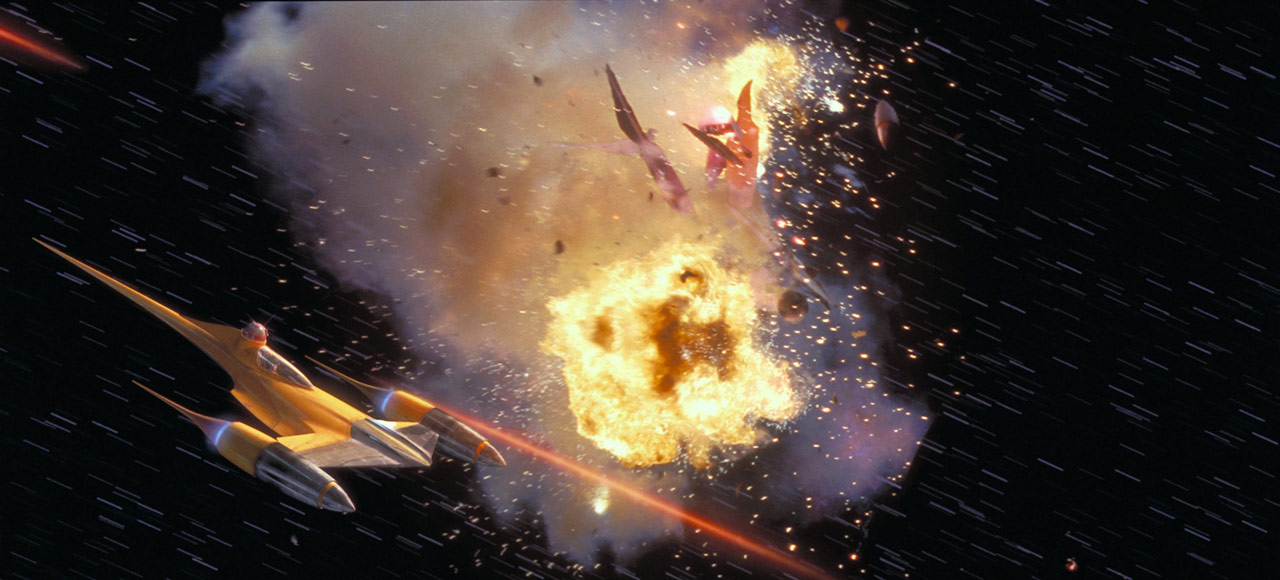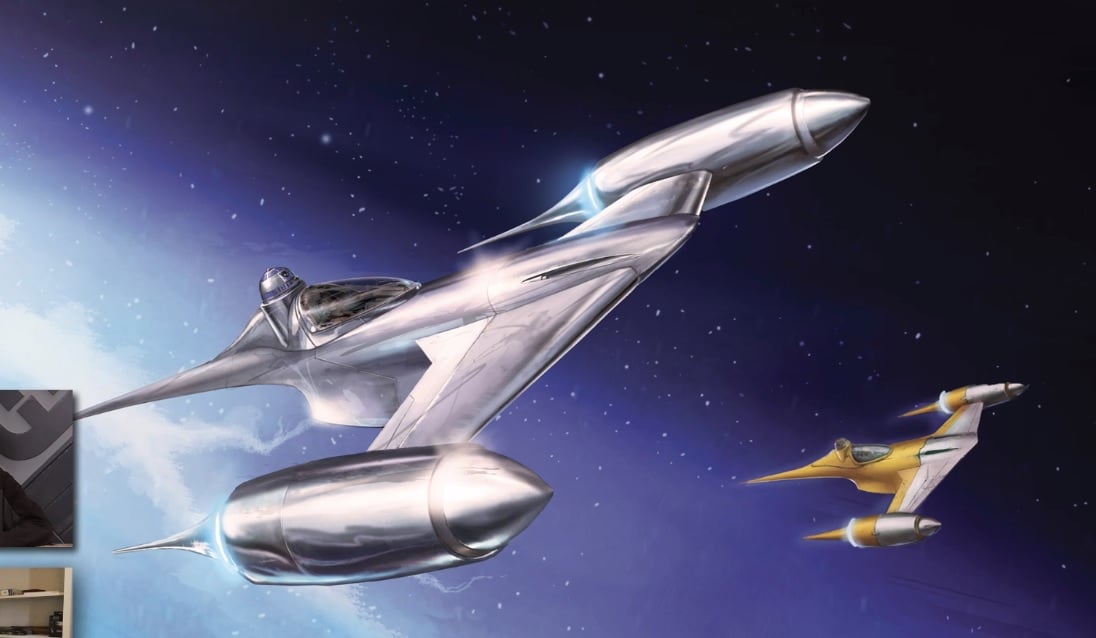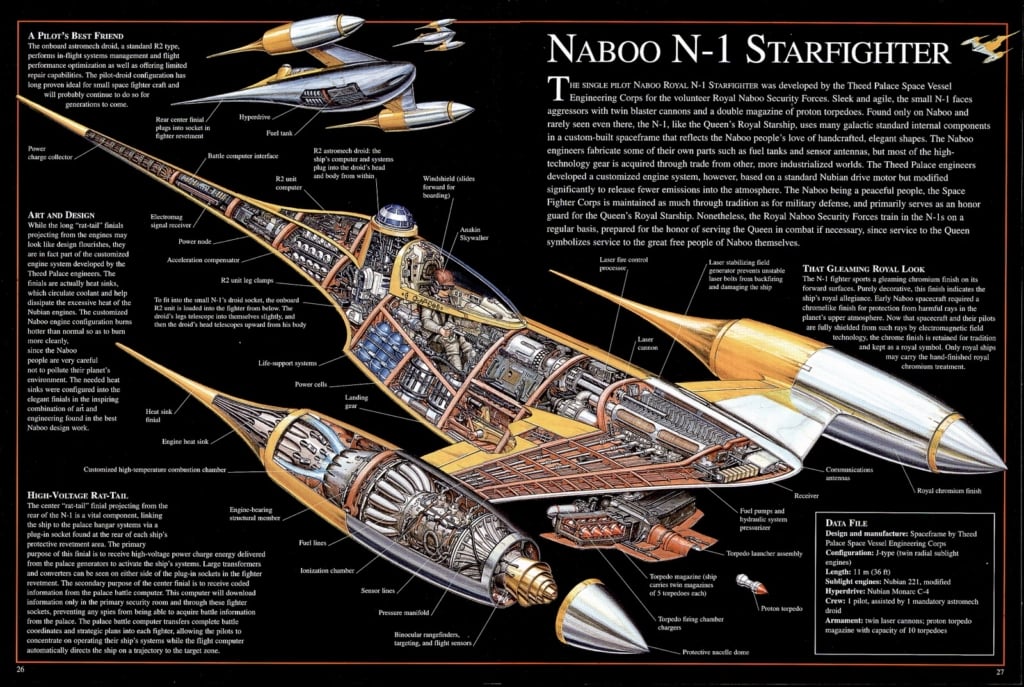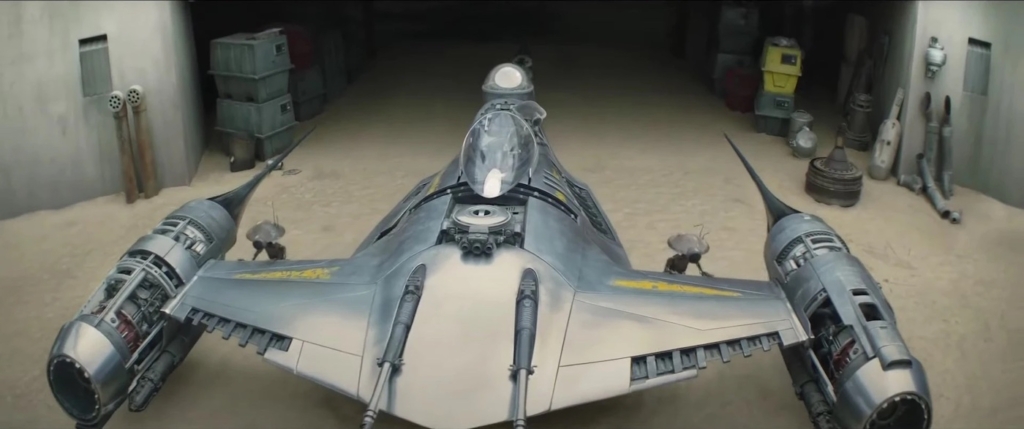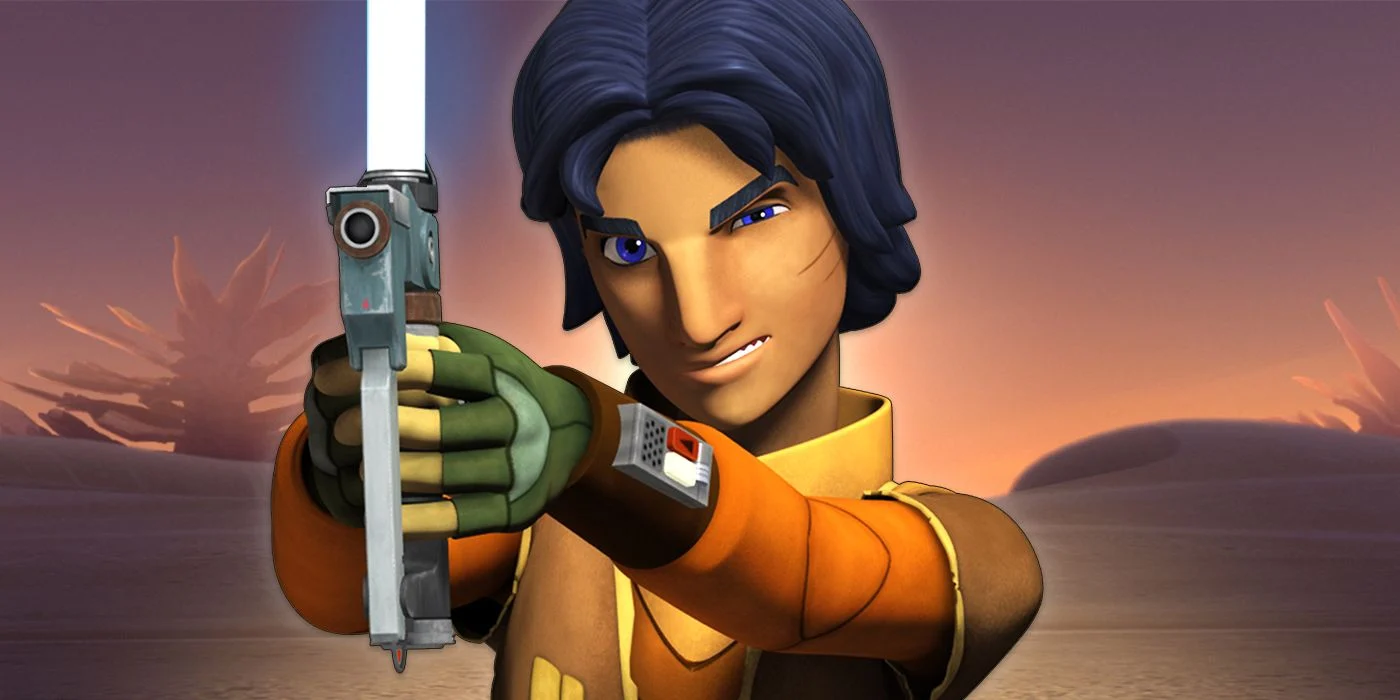Star Wars: The Naboo Starfighter — The Most Beautiful Starfighter in the Galaxy Comes From the Movie You Love to Hate
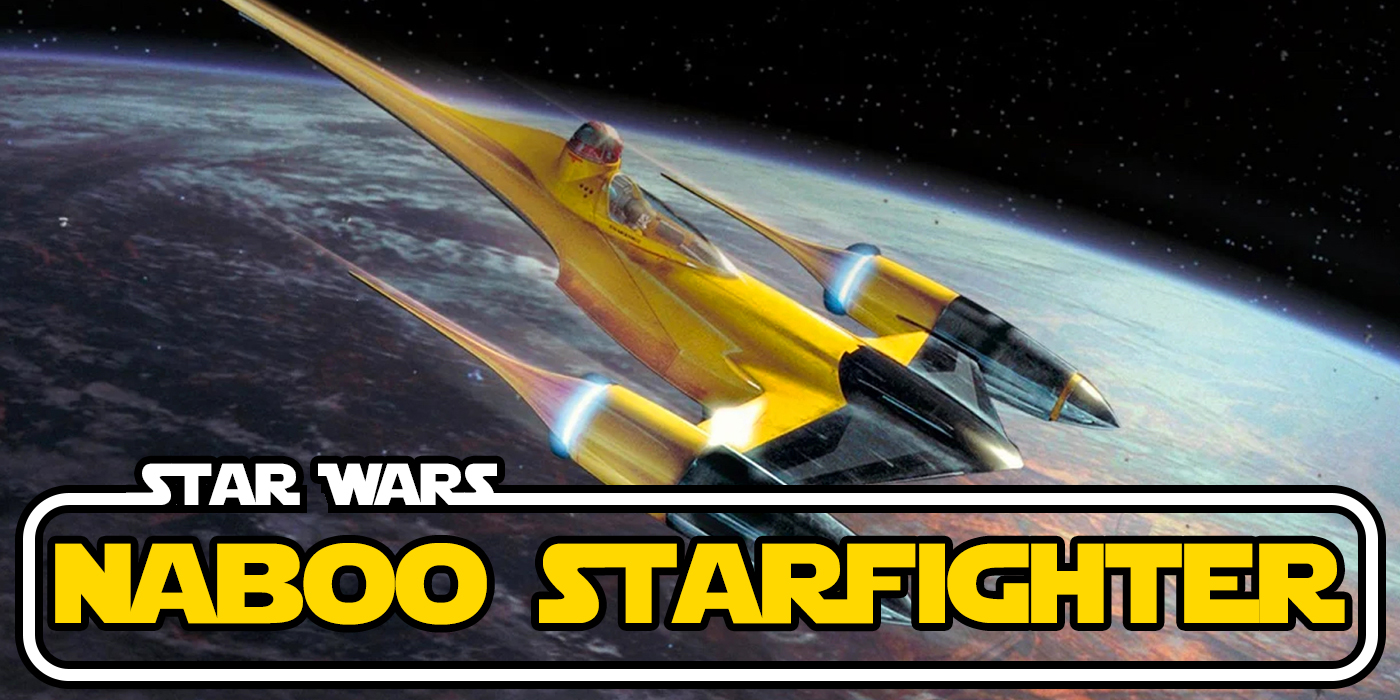

You might hate The Phantom Menace, but you can’t deny that the N-1 Starfighter from Naboo has bombad style.
What makes a starfighter iconic? Is it the weapons it carries? The missions it flies? Or, is it the distinct appearance that makes it known throughout the galaxy? From the heroic, distinct X of the T-65b “X-wing” to the intimidating solar panels that speak of ruthless efficiency and mass-produced terror of the TIE/LN “TIE fighter,” the visual design of starfighters convey the intention of the factions that employ them.
But no fighter cuts as sleek a profile as the Naboo N-1 starfighter, more commonly known as the Naboo starfighter. With good reason, too: the Theed Palace Space Vessel Engineering Corps designed the N-1 Starfighter for use by the Royal Naboo Security Forces.
Naboo N-1 Starfighter Design
Which explains the rich, stylized look of the single-pilot craft. The whole starfighter embodies Naboo’s tendency to marry art and function together. You can find buffed chromium finishes on the craft’s forward surfaces, to make it gleam in the light of Naboo’s star when performing in Royal parades and other aerial display. The bright yellow reflects the royal colors of Naboo.
It’s more than just colors, though. The craft carries two J-type engines, as well as a Nubian Monarc C-4 hyperdrive engine, with a mount for an on-board astromech droid. The N-1 is a royal craft designed for both patrol and parade duty. As such, it carries both an autopilot system and powerful shielding.
The N-1 Starfighter’s weaponry consisted of two blaster cannons and two proton torpedo launchers. These launchers carried a full complement of proton torpedos. With an engine that could provide maximum speeds of 1,100 kph, the ship might have power issues. Except for Naboo’s propensity for elegant design. The central tail of the ship is a power charger collector which can store excess energy from the onboard generators. Additionally, the outer finial designs serve as heat sinks to keep the engines cool.
Its J-type engines are mounted slightly forward of the cockpit and yoked to either side. A design that some say bears a striking resemblance to the pod-racing vehicles found throughout the galaxy. The power of these engines, combined with the storage in the rat tail allowed the Naboo N-1 Starfighter to carry off surprisingly deft maneuvers in combat. This gave the N-1 a reputation for pulling off “good tricks” like spinning defensively through incoming fire.
Service History
N-1 starfighters flew throughout the various military conflicts that defined the century around the Battle of Yavin. The N-1 flew missions in the Clone Wars, throughout the Galactic Civil War, and shortly thereafter. N-1 Starfighters prevented Naboo’s destruction during these conflicts.
In the years after the fall of the Empire, they became rarities, sometimes salvaged and rebuilt for their incredible speed. Their pre-Imperial lack of transponder codes made the Naboo N-1 Starfighter useful for those who wished to keep off the grid. One example was rebuilt on Tatooine and became the personal vessel of Mandalorian Din Djarin after losing his ship, the Razor Crest. Aided by Peli Motto, they reconstruted the ship in Mos Eisley.
Years later, in 35 ABY, examples flew against the Sith Eternal forces over the planet Exegol.
There’s no denying, the N-1 Starfighter is extremely wizard.

